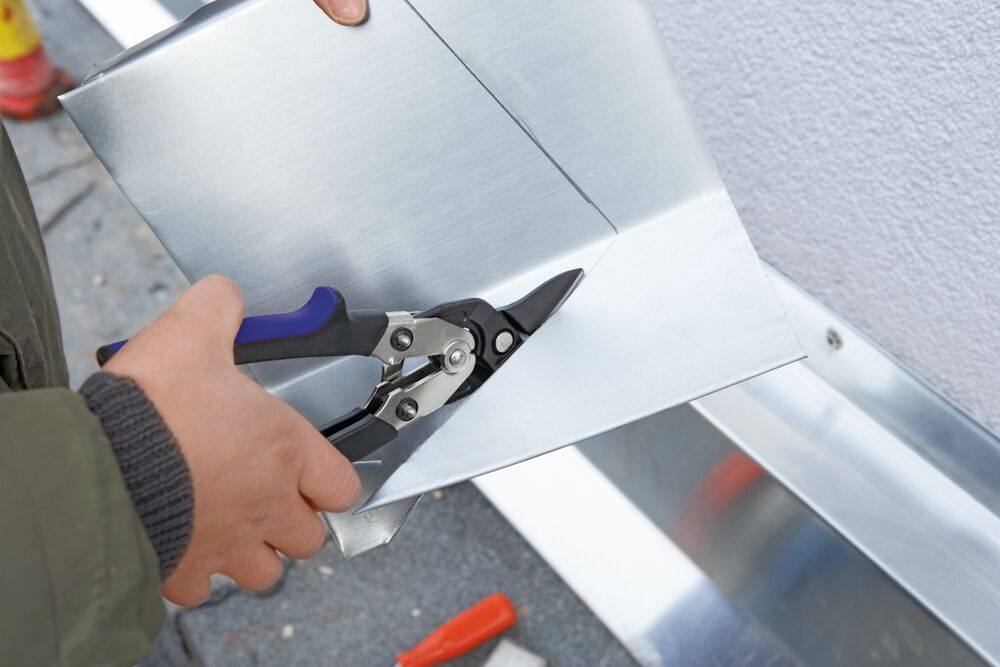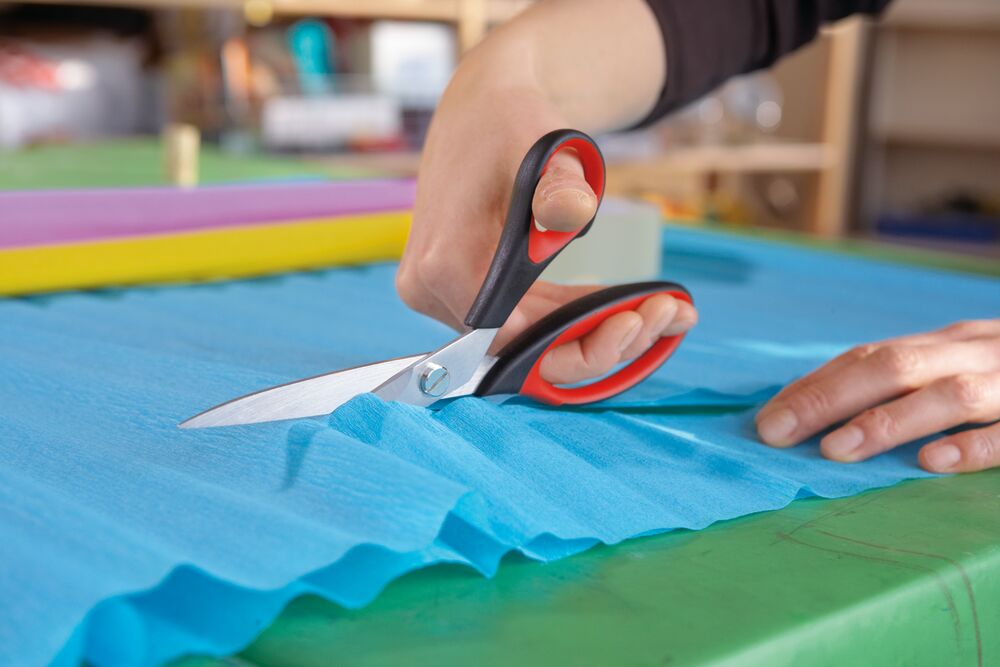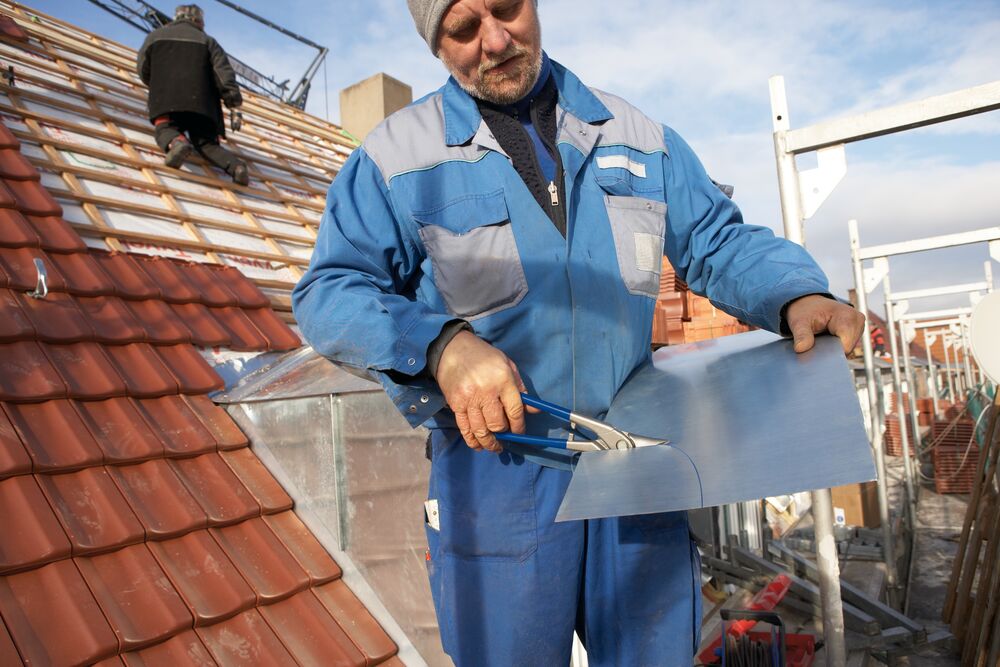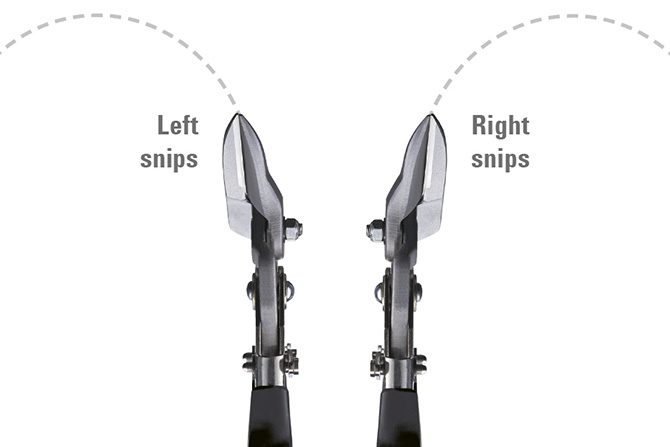Stworzone do precyzyjnego cięcia: profesjonalne narzędzia do metalu, blachy i nie tylko
Ostre. Wytrzymałe. Stworzone dla profesjonalistów, którzy codziennie wykonują precyzyjną pracę.
Niezależnie od tego, czy chodzi o blachę, aluminium czy delikatne materiały – w technice cięcia liczy się każde cięcie. BESSEY oferuje Państwu sprytne rozwiązania: od solidnych nożyc do blachy i wszechstronnych nożyc kombinowanych, poprzez modele z dźwignią zapewniającą maksymalną siłę, aż po precyzyjne noże tnące i poręczne narzędzia wielofunkcyjne. Nasze narzędzia są zaprojektowane z myślą o trudnych warunkach codziennej pracy w warsztacie i na placu budowy – sprawiają, że Państwa praca jest łatwiejsza, szybsza i dokładniejsza.
Jeśli podczas cięcia zależy Państwu na milimetrowej precyzji i czystych krawędziach cięcia, mogą Państwo polegać na BESSEY. Nasze narzędzia tnące zapewniają wysoką wydajność przy niewielkim wysiłku – idealne dla profesjonalistów zajmujących się konstrukcjami metalowymi, blacharstwem lub precyzyjnymi pracami w gospodarstwie domowym. Są przemyślane w każdym szczególe, trwałe i idealnie dopasowane do Państwa wymagań. Dzięki temu pracują Państwo wydajniej, bezpieczniej i z prawdziwymi profesjonalnymi narzędziami, które spełniają swoje zadanie.
Inne asortymenty techniki cięcia
Co użytkownicy mówią o Państwa produktach
„Uwielbiam nożyce ręczne do blachy firmy BESSEY! Od czasu zakończenia szkolenia nie chcę używać żadnych innych narzędzi do cięcia. Są precyzyjne, a przede wszystkim wygodne w użyciu”.
Mitsch
Hydraulik







